Spice Up Your Life: The Global Journey of Spicy Szechuan Beef
Introduction: From Sichuan Province to World Plates
What happens when a bold, tongue-numbing dish from the misty mountains of China goes global? It becomes a culinary phenomenon! Spicy Szechuan beef is more than just a dish—it’s a passport to the world of heat, aroma, and umami. In this deep dive, we’ll explore its roots, evolution, and how you can bring that authentic fire into your kitchen—without setting it on fire (literally).
Why You’ll Love This Guide
- 🔥 Discover the history behind one of the world’s most beloved spicy dishes
- 🧄 Learn the secret spice blend that makes Szechuan beef stand out
- 👨🍳 Get expert tips for recreating it at home—even if you’ve never touched a wok
- 🌍 Explore global twists and fusion versions from Tokyo to Texas
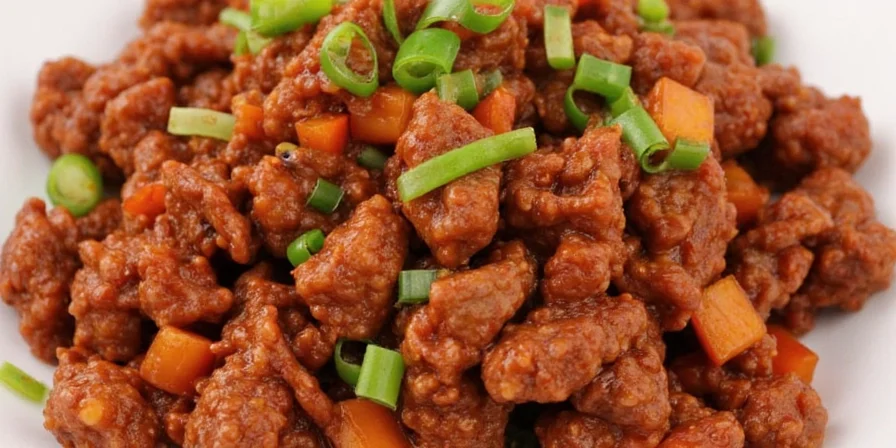
Chapter 1: The Roots of Rebellion — A Brief History of Szechuan Beef
Szechuan cuisine, also known as Sichuan or Szechwan cuisine, hails from China's Sichuan province—a region famous not only for its spicy food but also for its foggy climate. Legend has it that locals began using chili peppers and numbing Szechuan peppercorns to combat humidity and preserve their food.
The Origins of Spiciness
Chili peppers were introduced to China via maritime trade routes in the 16th century. Before that, Sichuanese cooks relied heavily on garlic, ginger, fermented black beans, and star anise. But once chilies arrived? Boom. Flavor explosion.
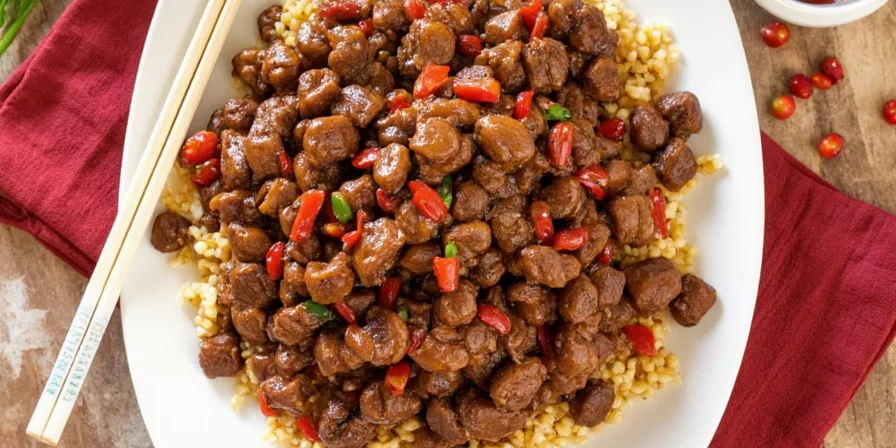
A Culinary Identity
Szechuan beef became a signature dish of the region due to its balance of:
- 🌶️ Heat from dried red chilies
- 🌿 Numbness from Szechuan peppercorns
- 🍯 Sweetness from brown sugar or honey
- 🥢 Tenderness from velveting techniques
Chapter 2: The Science of Fire – What Makes Szechuan Beef So Unique?
It’s not just about being hot. Szechuan beef is a sensory experience. Let’s break down what sets it apart from other spicy dishes around the globe.
Ma La: The Signature Szechuan Sensation
In Chinese, “ma la” means “numbing spicy.” This sensation comes from the unique chemical compound hydroxy-alpha-sanshool found in Szechuan peppercorns. Unlike chili-induced heat, which burns, ma la tingles and vibrates on your tongue like a tiny dance party.
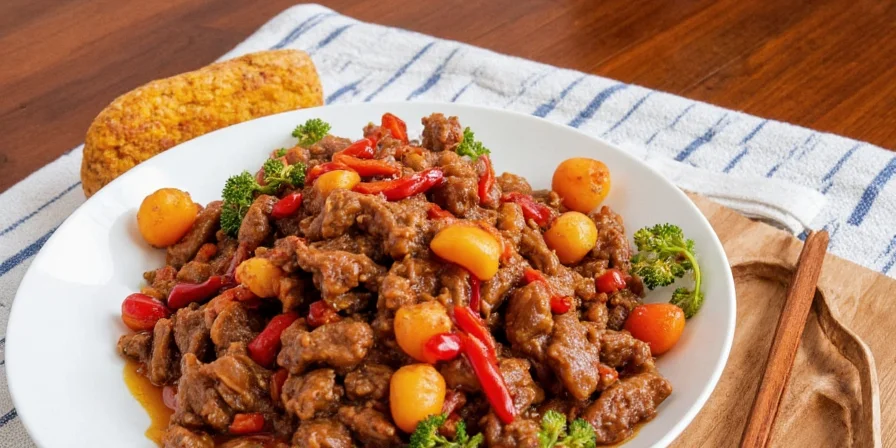
The Chemistry Behind the Heat
| Ingredient | Flavor Profile | Chemical Compound |
|---|---|---|
| Chili Peppers | Burning heat | Capsaicin |
| Szechuan Peppercorns | Tingly numbness | Hydroxy-alpha-sanshool |
| Ginger | Earthy warmth | Zingerone |
| Garlic | Pungent bite | Allicin |
Chapter 3: The Art of the Wok – Cooking Techniques Like a Pro
Cooking Szechuan beef at home doesn’t require a professional kitchen—but it does need a few key moves. Here are the top techniques to master before you start tossing ingredients into a wok.
Step-by-Step Guide to Perfect Szechuan Beef
- Choose the Right Cut: Flank steak is ideal—it’s tender when sliced thin against the grain.
- Velvet the Meat: Marinate in soy sauce, Shaoxing wine, and cornstarch for 20–30 minutes to lock in moisture.
- Prep Your Ingredients First: Mise en place is crucial—don’t leave the stove unattended during stir-fry!
- Use High Heat: Cook in batches to avoid steaming. Keep your wok smoking hot.
- Add Oil Last: Heat oil after the wok to prevent burning. Peanut or grapeseed oil works best.
- Finish with Vinegar & Sugar: Balance the heat with a splash of rice vinegar and a pinch of brown sugar.
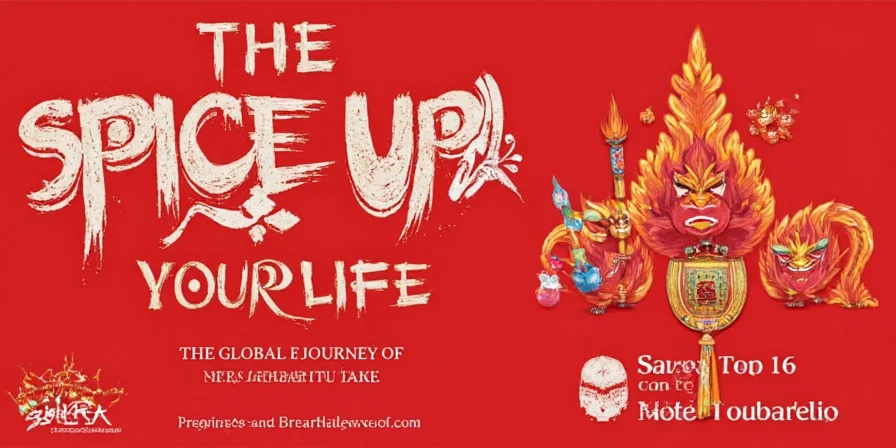
Common Mistakes to Avoid
- Overcrowding the pan
- Not toasting peppercorns before use
- Using low-quality chili paste
- Skipping aromatics (you need garlic and ginger!)
- Letting the sauce reduce too much
Chapter 4: Around the World in 8 Dishes – Global Twists on Spicy Szechuan Beef
As Szechuan beef traveled beyond China, chefs around the world gave it their own spin. Here are some creative adaptations that have caught fire globally:
| Location | Dish Name | Twist |
|---|---|---|
| Taipei, Taiwan | Szechuan Braised Beef Noodles | Mellow broth infused with star anise and five-spice powder |
| Los Angeles, USA | Szechuan Beef Tacos | With cilantro-lime crema and sesame tortillas |
| Tokyo, Japan | Karaage Szechuan Beef Donburi | Fried beef chunks over rice with yuzu mayo drizzle |
| London, UK | Szechuan Steak Pie | Flaky crust with peppercorn-infused gravy |
| Mexico City, Mexico | Carne de Szechuan Enchiladas | Red chile sauce meets Szechuan peppercorns |
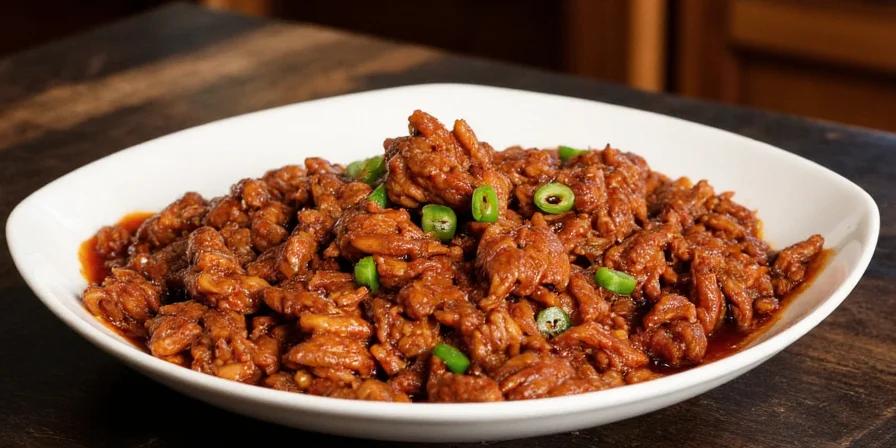
Chapter 5: Spice It Up – Essential Ingredients & Where to Buy Them
Want that authentic flavor? Here’s your ingredient checklist and where to find them:
The Holy Trinity of Szechuan Spice
- Dried Red Chilies: For searing heat. Look for “Tien Tsin” or “Cayenne-style” chilies.
- Szechuan Peppercorns: Not related to black pepper. Toast before grinding for intense aroma.
- Chili Bean Paste (Doubanjiang): The soul of many Szechuan dishes. Fermented richness adds depth.
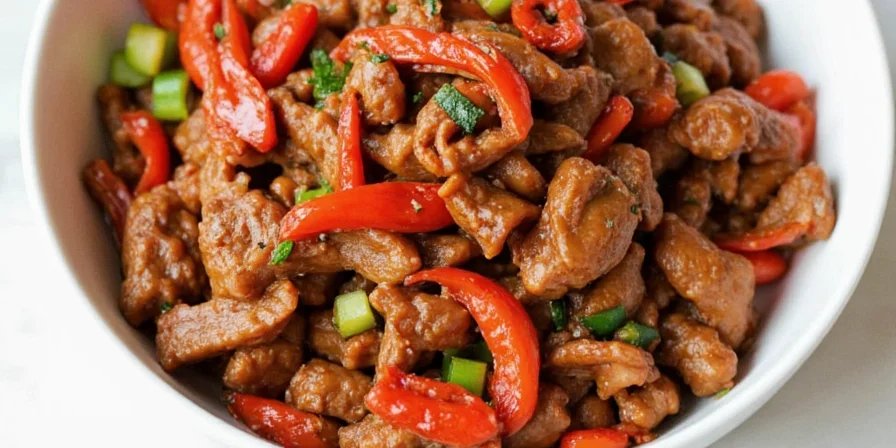
Where to Buy Authentic Ingredients
| Ingredient | Recommended Brand | Where to Buy |
|---|---|---|
| Szechuan Peppercorns | Himalaya Organics | Amazon, Asian grocery stores |
| Doubanjiang | Puyuanjiang | Asian markets, Hmart, Weee! |
| Shaoxing Wine | Koon Chun | Any Chinese supermarket |
| Chili Oil | Lao Gan Ma | Etsy, specialty spice shops |
Chapter 6: Hot Tips for Handling the Heat – Safety and Storage
Working with powerful spices requires care. Follow these safety tips to enjoy the burn without getting burned (literally).
How to Handle Chili Oils Safely
- Wear gloves when chopping fresh chilies.
- Never touch your eyes after handling capsaicin-rich oils.
- Use a ventilation hood when frying chili paste.
- Store chili oil in dark glass bottles away from sunlight.

Storing Spices Like a Pro
| Spice | Storage Method | Shelf Life |
|---|---|---|
| Szechuan Peppercorns | Airtight container, cool dry place | 1 year |
| Dried Chilies | Vacuum sealed or ziplock bags | 6–12 months |
| Doubanjiang | Refrigerated after opening | Up to 2 years |
| Chili Oil | Dark bottle, pantry or fridge | 6–9 months |
Conclusion: Stirring Up the Future of Spicy Szechuan Beef
From humble beginnings in a humid Chinese province to becoming a global street food icon, spicy Szechuan beef has earned its place on menus worldwide. Whether you're a home cook looking to impress or a chef experimenting with fusion flavors, there’s no better time to explore the depth, heat, and complexity of this legendary dish.
So grab your wok, toast those peppercorns, and let your taste buds go on a journey. Who knows—you might just ignite the next big trend in spicy cuisine!

Ready to turn up the heat? Check out our Spicy Szechuan Beef Recipe PDF and spice cabinet starter kit below!

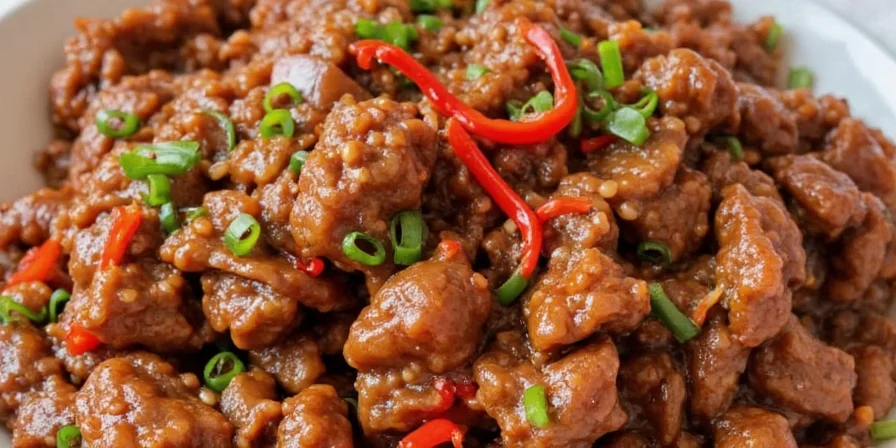









 浙公网安备
33010002000092号
浙公网安备
33010002000092号 浙B2-20120091-4
浙B2-20120091-4